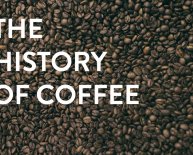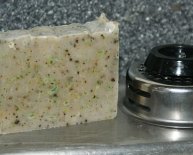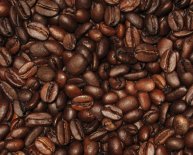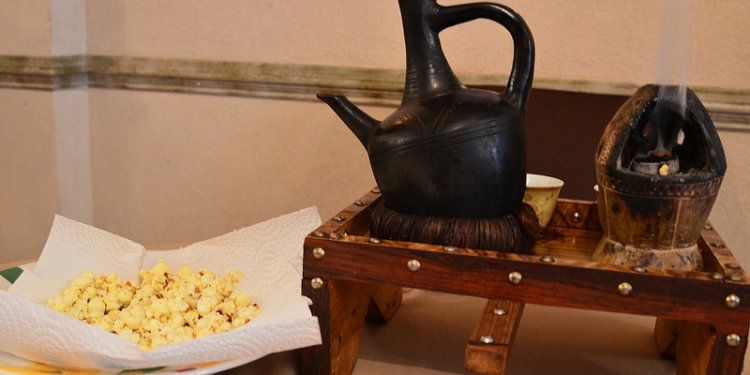
History of the coffee beans
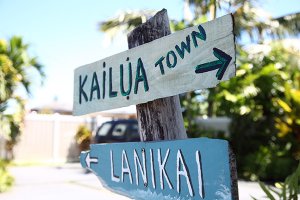 Back in 1828, Samuel Reverend Ruggles planted the very first coffee tree inside Kona District of Kailua-Kona, watching it grow from an item of a tree originated from Oahu into a coffee empire. By 1899, nearly 3 million coffee woods had cultivated through the area. Today, there are around 650 facilities responsible for coffee cultivation within the Kona region. Hawaii Kona coffee makes up about 95percent of all of the coffee created on Big Island.
Back in 1828, Samuel Reverend Ruggles planted the very first coffee tree inside Kona District of Kailua-Kona, watching it grow from an item of a tree originated from Oahu into a coffee empire. By 1899, nearly 3 million coffee woods had cultivated through the area. Today, there are around 650 facilities responsible for coffee cultivation within the Kona region. Hawaii Kona coffee makes up about 95percent of all of the coffee created on Big Island.
A few of the initial plantations, the Greenwell Store and also the Kona Coffee residing History Farm, have already been converted into museums that are available to the general public providing you with the opportunity to discover the tales regarding the millers, roasters, and Kona coffee pickers who've been harvesting coffee for a long time. The level of care and attention to information was passed on from generation to generation resulting in the infamously flavorful and fragrant cup joe.
The Hawaiian term Kama’ainia suggests “child of the land, ” representing all residents born the island. Carrying on tradition and credibility, all of the coffee plants in the Kona area are still had by Kama’aina people.
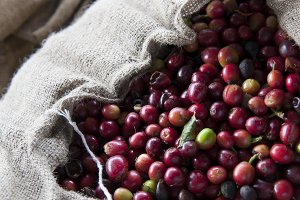
Developing & Harvesting Kona Coffee
“Kona” could be the marketplace title for coffee created on mountains of the Hualalai and Mauna Loa Mountains in North and Southern Districts of Kailua-Kona. Don’t believe you can easily name your coffee brand Kona—only coffee cultivated in Kona area of Big Island is called therefore. By developing the coffee in rich volcanic soil at a high elevation inside area’s characteristically wet and dried out tropical weather, Hawaii Kona Coffee has a unique advantage over almost every other types of coffee cultivated in other countries like Brazil and Columbia.
Kona coffee trees bloom each January and could. The little white blooms of this coffee tree, which residents call “Kona Snow”, produce a sweet aroma. After almost a year, the blossoms melt away, abandoning an eco-friendly cherry that keeps the coffee bean. These green cherries ripen on the cozy summer months, and therefore are selected manually when they achieve an ideal color of purple.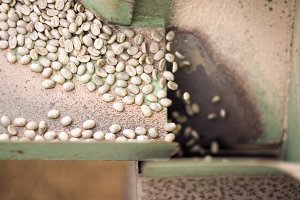 this technique is a tremendously meticulous, and expertly qualified pickers wont harvest the coffee beans until they will have reached a dark and rosy shade. This method will not occur all at once—pickers will return to the woods twelve times until they are pleased with their ripeness. The coffee will be normally sun dried and raked on hoshidanas (huge porches). After the beans have dried out, they truly are prepared to be milled, sorted, graded, and delivered to behand-roasted right at plantation.
this technique is a tremendously meticulous, and expertly qualified pickers wont harvest the coffee beans until they will have reached a dark and rosy shade. This method will not occur all at once—pickers will return to the woods twelve times until they are pleased with their ripeness. The coffee will be normally sun dried and raked on hoshidanas (huge porches). After the beans have dried out, they truly are prepared to be milled, sorted, graded, and delivered to behand-roasted right at plantation.
As a result of the high price of Hawaii Kona coffee, some stores offer blends of classic coffee. In this instance they mix various other international coffees, such as for instance Colombia and Brazil, using old-fashioned Kona coffee. If you purchase a mix, realize there is no less than 10% Kona coffee needed in each blend, as well as its necessary to state the distinctive portion regarding label. To-be considered undoubtedly authentic, your combination must contain 100per cent Kona coffee. Just like an excellent, classic wine, this will be harder discover and is sold with a much greater cost than commercial coffees—but this wealthy and delicious coffee might just be worth it. To ensure that you might be sipping a cup of the greatest, choose the Kona Coffee Council’s “Seal of Approval.”
To ensure that you might be sipping a cup of the greatest, choose the Kona Coffee Council’s “Seal of Approval.”
How to locate Kona Coffee
There are lots of coffee stores over the Big Island that offer 100percent Hawaii Kona coffee. If you prefer the entire Kona coffee knowledge, check out one of several coffee plantations on the area, like Greenwell Farms, Mountain Thunder Coffee Plantation, Hula Daddy, and Kona Joe in addition to numerous others. You are able to both just take a trip or do a self-guided trip and sample various roasts along the way that way. You’ll also can learn about the culture and history of the coffee plantations first-hand. For longer learning options, take a look at the Kona Coffee Festival, an annual event that occurs on a yearly basis around November. This 46-year-old tradition celebrates and promotes the history and culture of behind Kona’s famous coffee. The event has created a map to help you learn coffee plantations over the South Kona District.

